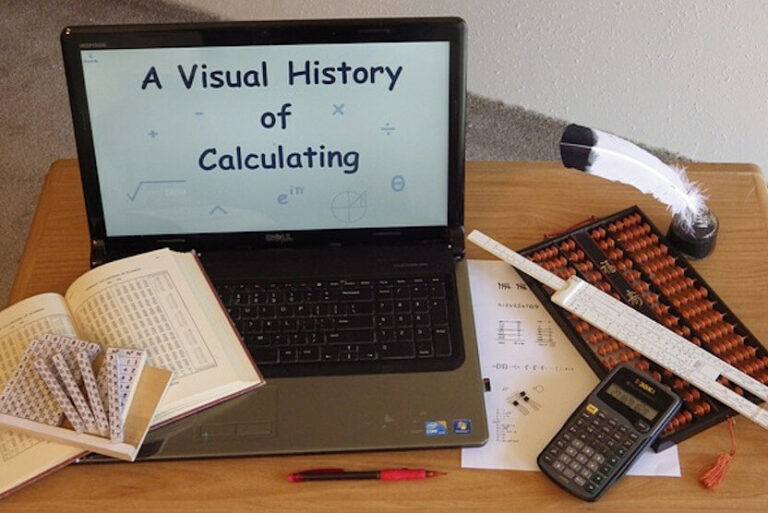

Nullam quis risus eget urna mollis ornare vel eu leo. Aenean lacinia bibendum nulla sed
- @skillable
 by
Eric McCafferty
by
Eric McCafferty

These two are not the same. Never have been, never will be. One is qualitative, the other more useful, is quantitative.
Power Rankings are qualitative. It is simply a ranking of teams based on how much better or worse a team is compared to the other teams being ranked. Power Rankings are the essence of the published polls you see. Polls are put together by many different entities and are really only useful for fans to argue over. There are a lot of “Coaches Polls” put out by a lot of different outlets. This is a theoretical gauge of what head coaches think about other teams. Many head coaches don’t even fill out the damn things.
Coaches have so many better things to do than put time and effort into figuring out the rankings of the 25 (or more) best teams in the nation. Coaches who do fill it out often just run through the list and turn it in. Other coaches hand the questionnaire off to an assistant or even the equipment manager. Yet, these results get published as if they are gospel. I ignore all polls and you probably should too. If you have been paying attention, you can come up with your own ranking if you want.
Power Ratings are different. Power Ratings are quantitative and actually measure things. They measure offense and defense and special teams based on many different variables fed into computers. Depending on the individual Power Rating, it may even discern how a team played when the game mattered and disregard how a team played during “garbage time.” In other blog posts regarding football, I have recommended you review, consider and utilize stats compiled by Football Outsiders.
College basketball is no different. There are stats kept on everything. It is up to you to determine what is useful in your handicapping. I have mentioned KenPom and Sagarin Ratings in other posts. Yet, there is an entire Universe full of Power Ratings. You can even develop your own Power Ratings.
I am neither a mathematician nor a statistician, so I leave that heavy-lifting to others who understand it. But I do understand what the algorithms are trying to measure, and I generally understand how they arrive at the numbers. A helpful comparison of Power Ratings is Prediction Tracker. You can easily navigate around the site and compare one prediction with another. There is even a section at the bottom of the page that shows you all of the predictions the site tracks.
So, that’s pretty useful, isn’t it? Yet that is not the end of the story. You will see that many predictions don’t conform with many others. One team may be considered the favorite to cover the spread. In others, the underdog is predicted to cover the spread or even win straight up.
What gives?
I have often said, if someone can come up with an algorithm that measures “heart,” that person would be the wealthiest person in the world. Which is to say, if you, the handicapper, can measure which team wants to win the game more than the other, then you probably have something that will make you money!
This is the essence of what we’re doing with handicapping. But, going back to the beginning, we have to start somewhere. We start with the Power Ratings. An important aspect of all this, often overlooked by gamblers, is the “situational spot” a team may find itself in. Not all games are the same. Some are more meaningful, some less meaningful. When handicapping, always consider the “situation” a team is in. Is this a “must win” game for one team, but not the other? If so, there is usually more motivation for that team to put forth its best effort.
This idea brings about another Key to the Kingdom. We rely substantially on Power Ratings. There are many situations where the Power Rating and the opening betting line agree. However, there are other opening betting lines where the Power Ratings do not agree with the line? What’s going on with this?
Most gamblers will look at a line that seems “way off” and think the oddsmakers have made a mistake hanging a bad line. Without thinking why the line is “off,” they can’t get their money out of their pockets fast enough to bet the wrong side.
Yet, we are the exact opposite. Oddsmakers are good at what they do. Indeed, from time to time they make mistakes, but rarely. When we see a line that appears too good to be true, we see it for what it is and bet with the books.
I’m writing this on Thanksgiving Day, 2018. Nevada played Tulsa today in a tournament in Las Vegas, NV. Nevada closed as a 15-point favorite. Sixty-eight percent of the spread bets were on the Wolfpack expecting them to crush the Golden Hurricane. Final score Nevada 96 Tulsa 86. Thirteen of the Power Ratings followed by Prediction Tracker forecast Nevada to cover the 15 point spread. Only six predicted Tulsa would cover.
This is where your handicapping comes into play! And the Key to the Kingdom is you almost always want to bet the team that is getting shorted by the spread. The oddsmakers were comfortable not moving the line up to attract more money to the other side, in an effort to square the sides.
Remember the #1 Gambler’s Fallacy?

Nullam quis risus eget urna mollis ornare vel eu leo. Aenean lacinia bibendum nulla sed
